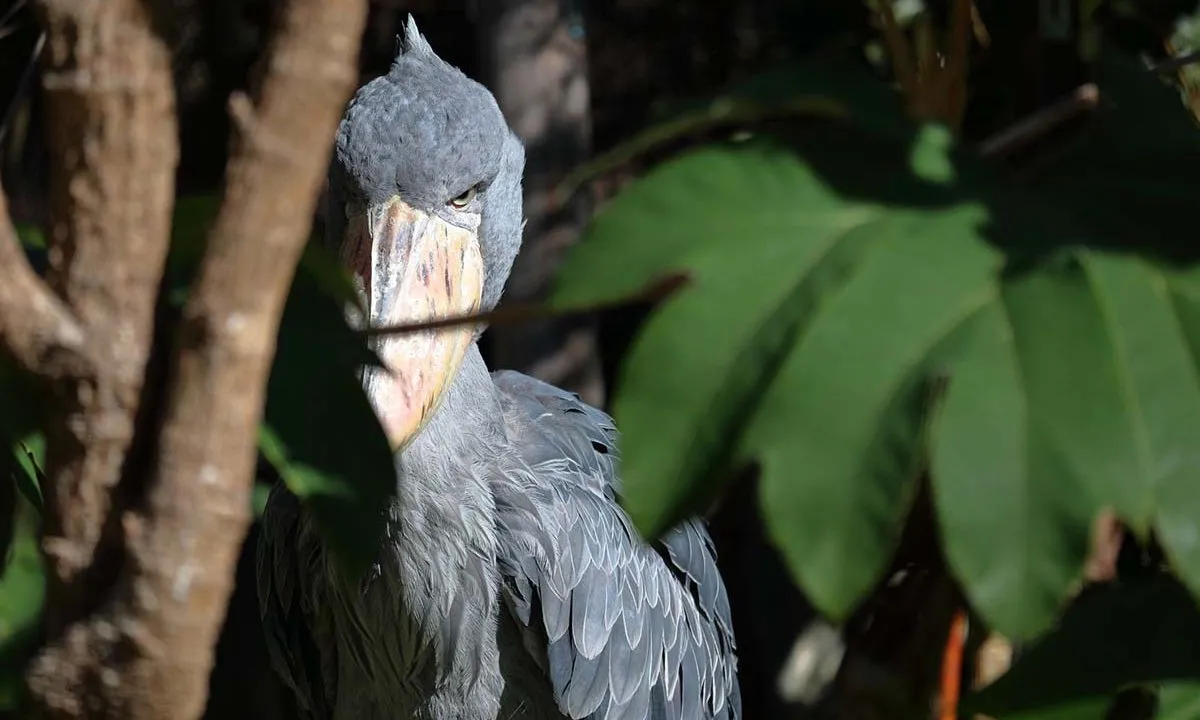

Animals can be so cute—sometimes deceptively so, and they can also be the stuff of nightmares. Somewhere in between are these six animals, which are sure to make you look twice. Let’s take a few moments to appreciate these species, which have nothing in common except their bizarre-ness. Yep, we made you look.
Videos by Outdoors
1. Mola Molas (and Family)
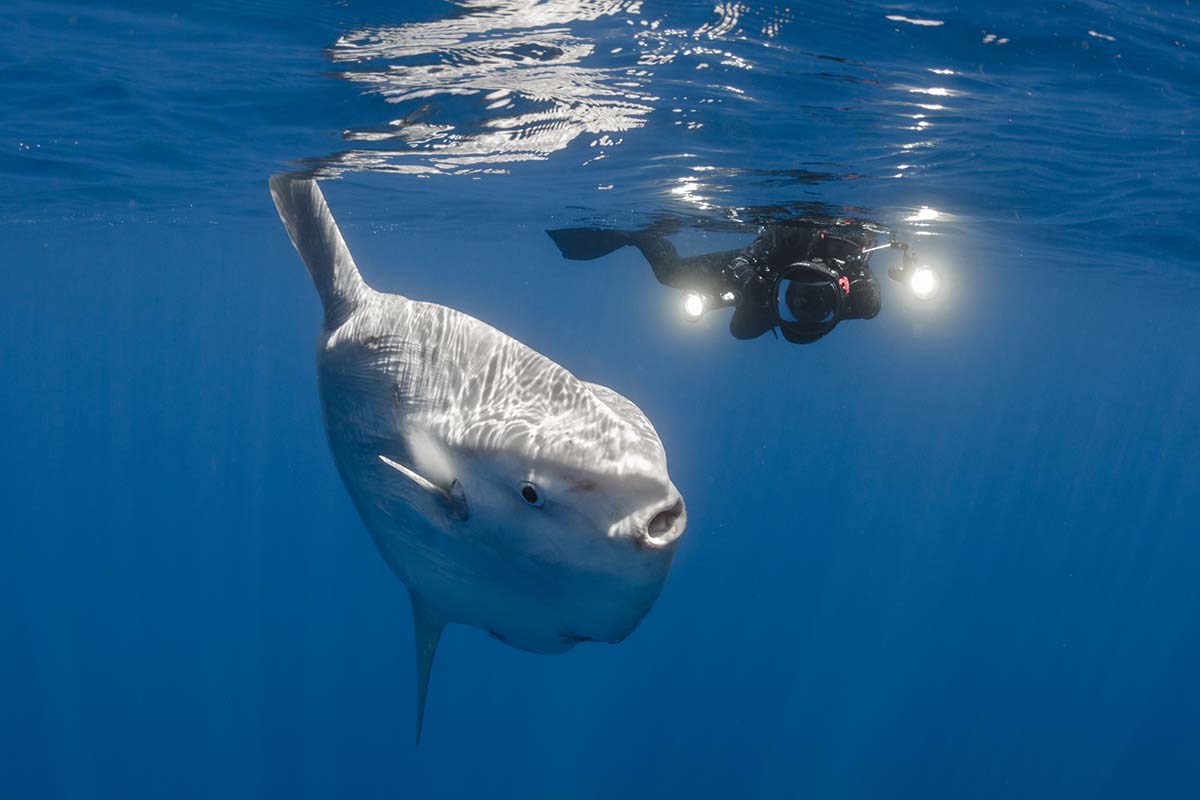
What even is this, you ask? It’s an ocean sunfish, also called a Mola mola, and doesn’t it look a little—special? Its very unbalanced body is partially thanks to the fact that a mola’s back fin, while there, simply never grows. Its teeth are fused together like a beak.
Mola molas can exceed 10 feet long and weigh 4,000 pounds, which is undoubtedly huge. In fact, ocean sunfishes like M. mola are the largest bony fishes in the world. M. mola’s close relative, the bumphead sunfish (M. alexandrini) is officially the largest. So I guess they really are special.
2. Shoebills
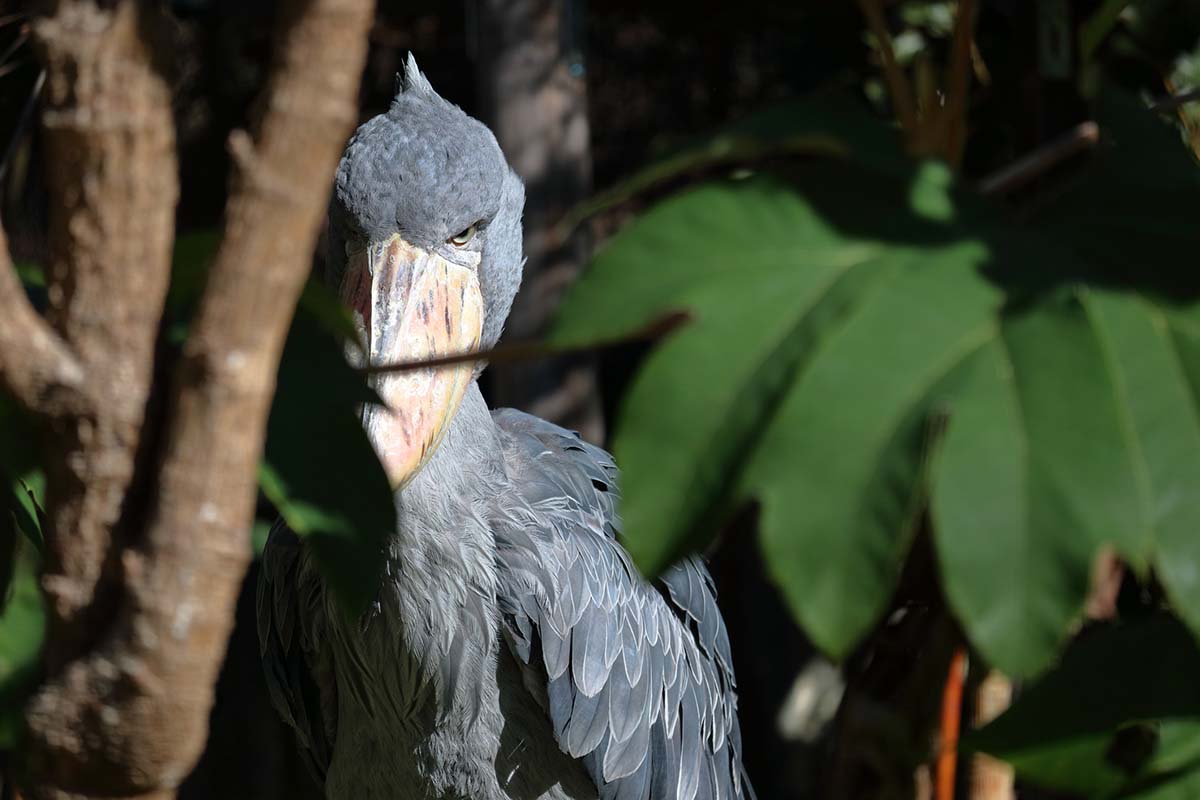
This isn’t an internet prank or an AI image-generation fail—it’s a real bird that lives in swampy areas of east-central Africa. The shoebill looks like an angry cross between a pterosaur and a modern stork that you wouldn’t find terrifying at all. Unlike a stork, the shoebill makes a disconcerting machine-gun sound that’ll make you run and duck for cover.
The shoebill’s scientific name, Balaeniceps rex, hints at its prehistoric appearance, as well as its prehistoric lineage (which does, in fact, intersect with the infamous T. rex). Its large, clog-like beak gives it its common name, although we might prefer “B. rex.”
When you see a shoebill in person, you wonder why it’s staring at you so intently, and it can get uncomfortable. In all seriousness, though, these bizarre, meme-worthy birds and their wicked stares are wicked cool.
3. Aye-Ayes
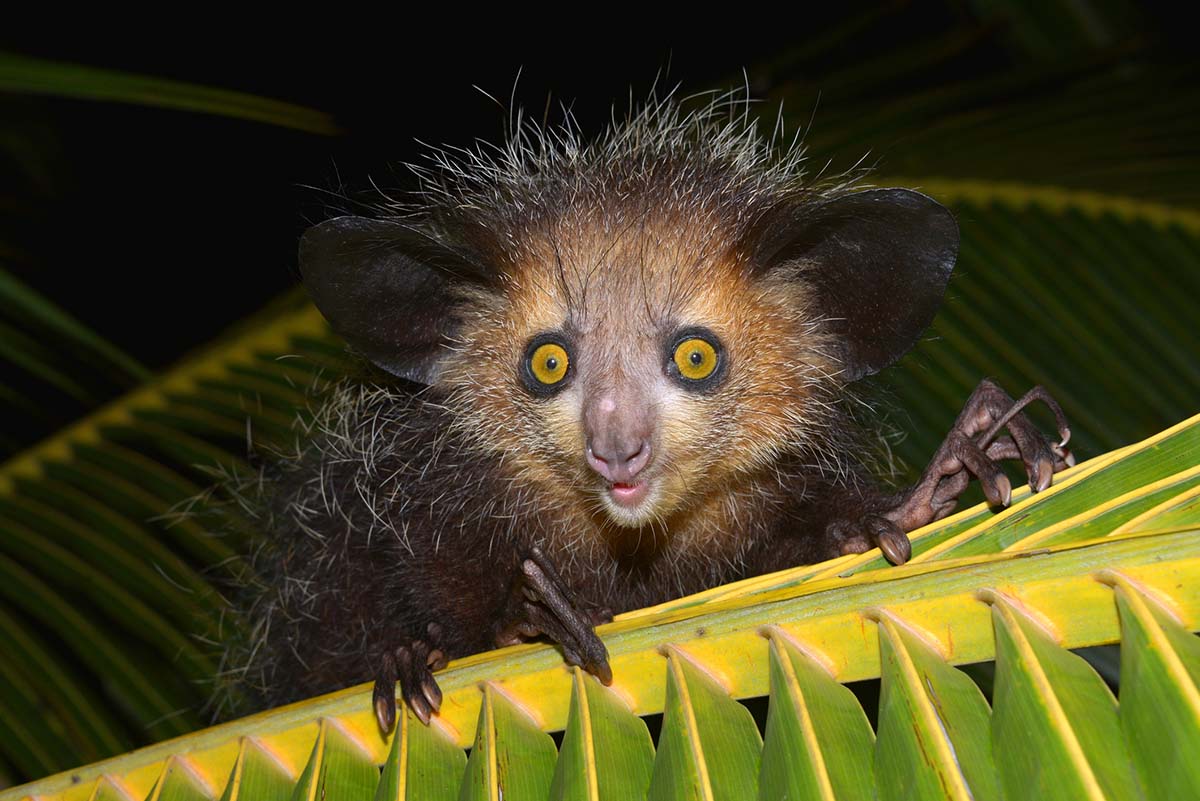
If you haven’t seen one of these before, best of luck unseeing it now that you have. It’s an aye-aye, a nocturnal lemur of Madagascar, and it’s kind of cute in its own very bizarre way. Besides the obviously odd physical features—the strikingly yellow eyes, large ears, rodent-y teeth, and wiry, wild fur—things get even stranger when you take a gander at the aye-aye’s fingers.
Aye-ayes use their long, skeletal middle fingers to find grubs living in trees. How? They tap rapidly on tree trunks and branches, then listen for tiny echoes indicative of grubs’ tunnels bored into the wood. When they hear echoes, they use their front teeth to bore a small hole in the tree or branch, stick in one of those skinny fingers, and pull out a juicy grub.
4. Babirusas
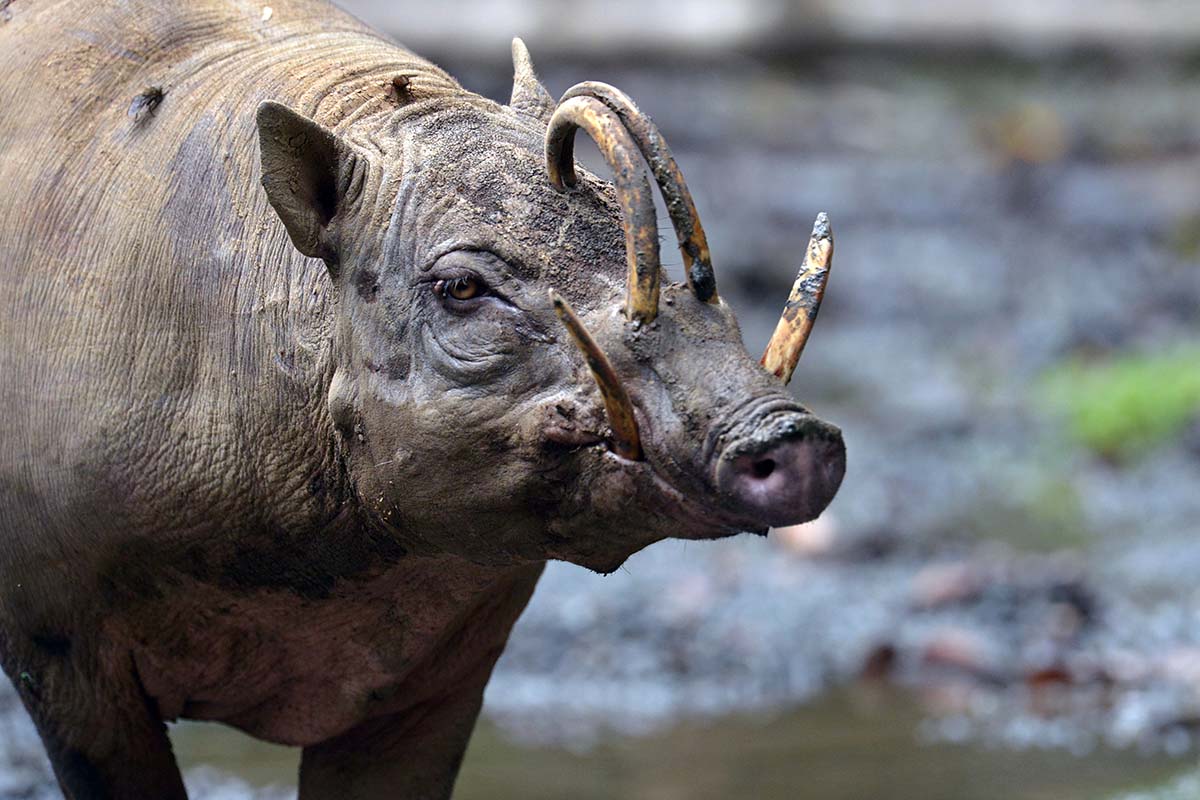
In Indonesia, there’s an animal called a babirusa with some incredibly bizarre teeth. (You read that right—those are teeth.) A male babirusa’s lower canines protrude out of its mouth as it matures, but it’s the upper canines that’ll really make you do a double take. At some point during development, a male babirusa’s upper canines rotate and grow through its upper jaw, piercing the skin. To make the whole thing even more outlandish, those teeth keep on growing, eventually curving back and piercing the animal’s skull.
Babirusas are called “pig deer” because they look like pigs with antlers on their faces. Only males have the wild teeth, and though it looks like a horrendous way to live from the perspective of a human, the males with the gnarliest teeth attract the most females.
5. Axolotls
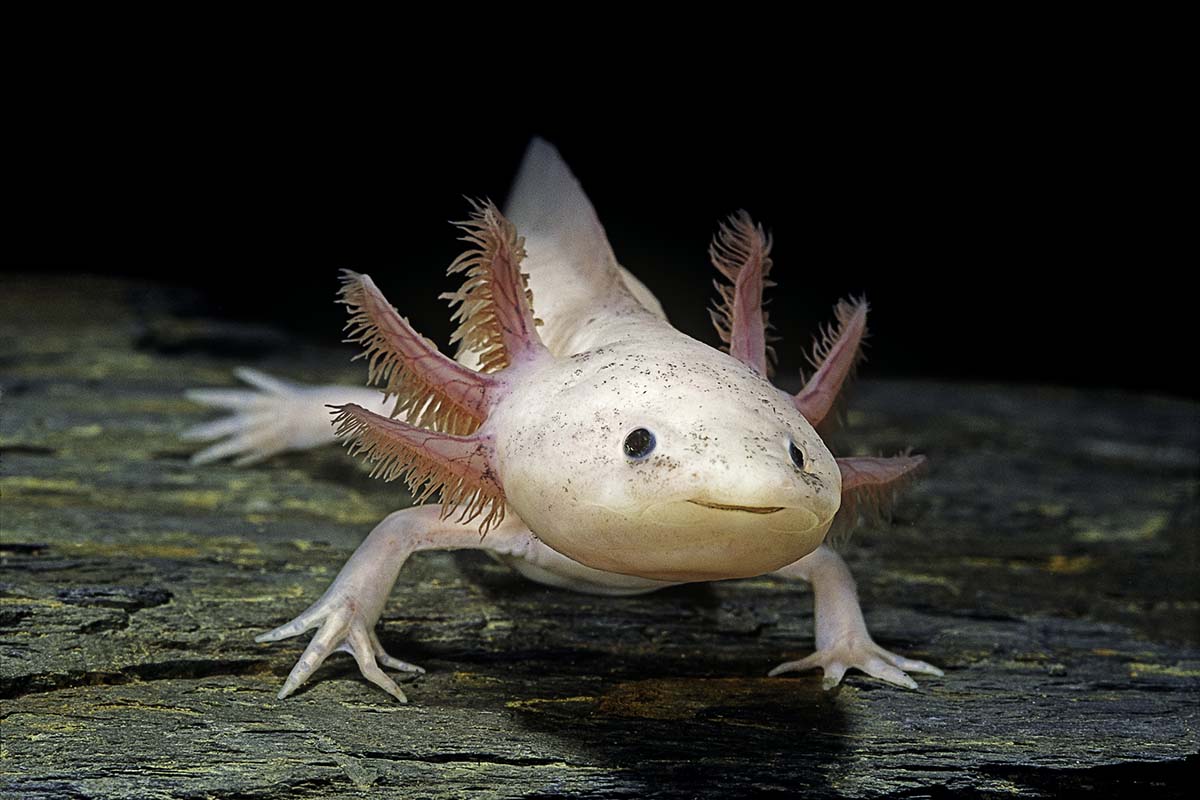
The silliest salamander you ever did see, the axolotl, will definitely make you want to take a second look. (Is that thing smiling? What’s with the head fringe?) This critically endangered freshwater amphibian only lives in Mexico’s Lake Xochimilco and Lake Chalco, and it’s a scientific marvel. Unlike other salamanders, the axolotl doesn’t complete its metamorphosis—it never “grows up.”
The fringy structures around an axolotl’s head are feathery gills it uses to extract oxygen from the water. These animals can regenerate limbs and even parts of their brains, once again making them extremely interesting to the scientific community. In the wild, axolotls are typically mottled green and brown. Lighter pink varieties in the wild are rare, but humans breed them as pets.
6. Spicebush Swallowtail Caterpillars

The spicebush swallowtail caterpillar looks like someone’s gone and drawn a face on its body. The fake face would make a human do a double take for sure, and it scares away predators too. Those false eyespots are just spots, but don’t they look bizarre? Coupled with its swollen front end and corresponding eyebrow-ish marks, the spicebush swallowtail caterpillar’s “stare” looks quite convincing. If it could talk, it’d probably say, “made you look.”
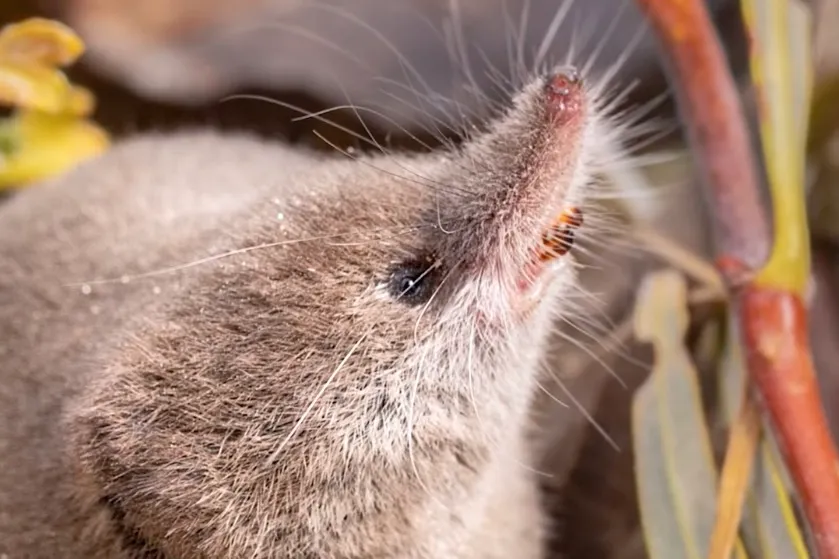
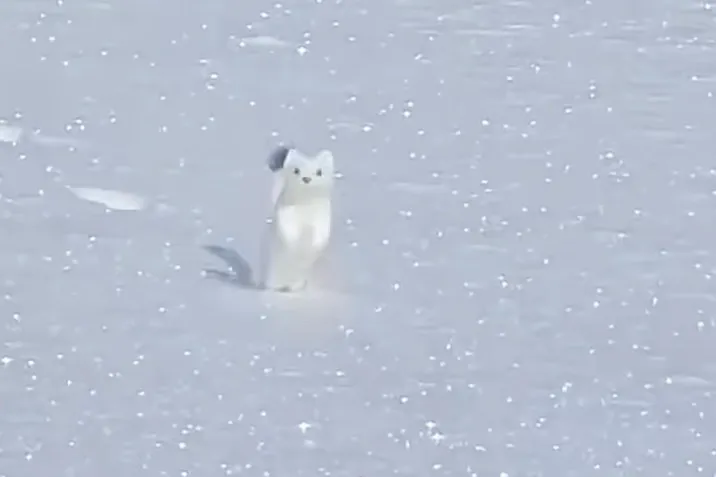

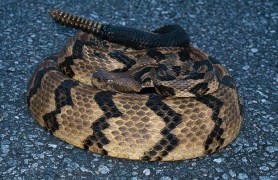



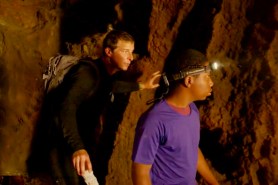
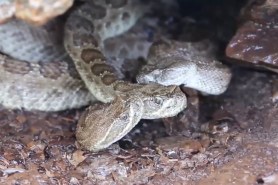

Pingback: Is This the Creepiest Thing You’ve Ever Seen? Just Wait, It Gets Better. - Senderismo Total